Natural Gas Prices Quarterly bulletin – Vol II, 08.1.2018
Developed and edited by the Intelligent Energy Association – www. asociatiaenergiainteligenta.ro
- Editorial
- History and trends of gas prices in Romania
- History and trends of gas prices globally
- Weather forecast
- Consumption forecasts
- Editorial
Q4 2017 has been characterized by numerous debates on gas prices and gas market, with alarming messages, presented as an ultimate, followed by a spectacular evolution of gas prices on Romania’s exchanges to the level of messages previously circulated. The Gas Price Report analyzes the transactions performed on Romania’s exchanges, presenting the history of average prices of gas traded on the exchange and the trend of average gas prices, exclusively, from contracts concluded so far on the exchange, with gas delivery in the following months. The trends presented are not price forecasts, they are prices at which contracts have been concluded for gas delivery in the following months.
- History and trends of gas prices in Romania
Analyzing the transactions carried out during January – December 2017, on platforms made available by the Romanian Commodities Exchange (BRM), we determined the average price weighted with the amounts of gas from domestic production traded for one month and immediate delivery on the wholesale market. After a decrease in gas prices during summer by 12% compared to the peak reached in February 2017, we noticed an increase in gas prices by 29.5% in December compared to the minimum price reached in September 2017. We note that transactions on the gas exchange were almost exclusively made with gas from current domestic production. Analyzing the transactions carried out through BRM, in this period we notice that the weighted average price of imported gas increased by 18.63% in December 2017 compared to March 2017 and that the average price of imported gas traded in December is by 9% higher than the average price of gas from domestic production traded on the exchange in the same period. The price of gas stored in the underground storage facilities traded on BRM was by 16% higher than the average price of gas from domestic production traded on BRM and by 6% higher than the average price of imported gas traded on BRM.
Analyzing the price of gas traded on the wholesale market through BRM’s trading platforms with delivery in January – June 2018, we notice a downward trend of the price of gas from domestic production on the wholesale market. The price of gas during the winter is strongly influenced by the price of imported gas and the price of the gas stored, so the average price of gas on the wholesale market in Q1 2018 will be higher than the values shown in the chart below.
Transactions through the exchange on the retail market are relatively few, making the analysis to have a high degree of relativity. In order to be able to compare the prices of gas traded, as commodity, we determined for each consumer who performed transactions the regulated tariffs and thus deducted the price of gas as commodity. Average prices of transactions performed during February 2017 – January 2018, differentiated on the 4 consumption categories B1-B4, without tariffs and taxes set according to the legislation in force, show that the price of gas as commodity sold to these consumers ranged between RON 72 and 86/MWh.
- History and trends of gas prices globally
Analyzing the global trends of natural gas prices, the gas price trend is upward during winter, at a similar level of the share with the price increase recorded in Romania. The CEGH exchange in Vienna, the closest gas exchange in Europe, shows an increase in the price of gas during winter, according to futures contracts, by about 22.7% compared to prices in the summer of 2017, customers expecting that this gas be traded during the cold season at RON 91-95/MWh. The experience of the past years allows the use of this price as a benchmark for the price of gas from the Russian Federation sold in Central and Eastern Europe.
The same trends of natural gas prices in the cold season of 2018 compared to the warm season of 2017 are found in the US, where the trends presented by the Energy Information Administration show a gas price increase in the US by approx. 14% (this growth being significantly influenced by extremely low temperatures in the US).
- Weather forecast
According to estimates of the National Meteorological Administration (NMA), for Q1 2018 we will have temperatures well above average in January. In February, average temperatures will be close to the normal climatic conditions in most of the country, which has been set at -1 degree Celsius, except for the areas in Transylvania and Moldavia, where average temperatures will be between -5 and 0 degrees Celsius. In March, the air temperature will have values close to the normal climatic conditions, locally lower in the central and northeastern regions, but also higher in the southeast. The average for March is 3.5 degrees Celsius. (source: NMA)
- Consumption forecasts
In October, the Ministry of Energy informed that in the winter of 2017-2018 the situation would be similar to that for the winter of 2016-2017. After October 2017, there haven’t been any forecasts on gas consumption. High temperatures in Q4 2017 and temperature forecasts for Q1 2018 will probably result in the winter of 2017/2018 in one of the lowest gas consumptions of the last winters.
Developed and edited by the Intelligent Energy Association, a nonprofit organization that aims to develop market models to ensure transparency, non-discrimination and competition, mechanisms and knowledge to ensure market functionality in conditions of increased energy security. All rights reserved to the Intelligent Energy Association
Translation from Romanian by Romaniascout.
Image courtesy of Stoonn atFreeDigitalPhotos.net

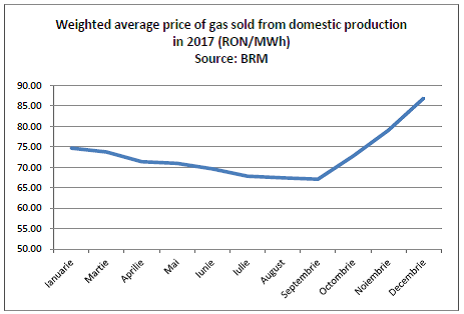
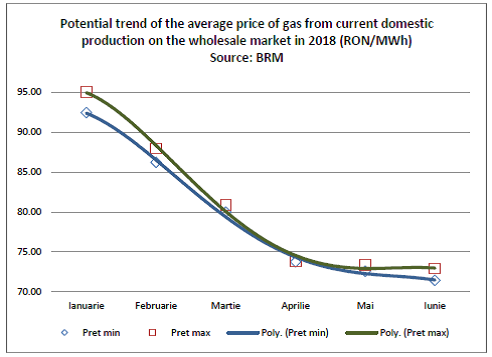
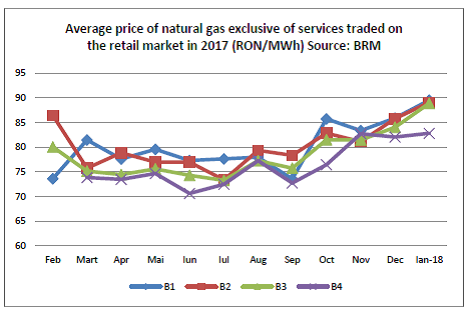
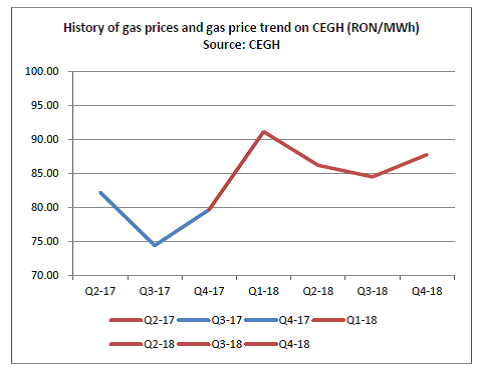
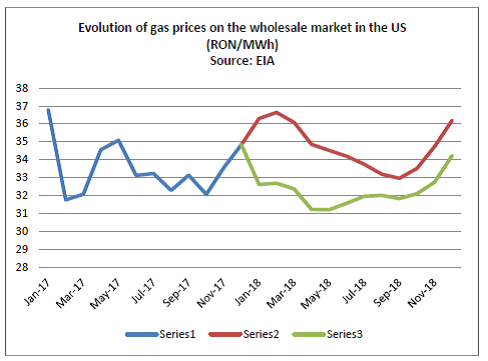
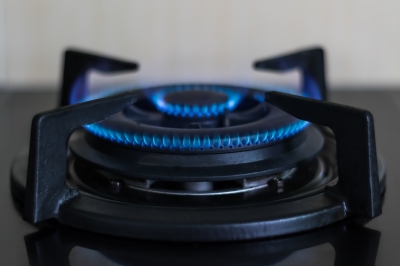

Recent Comments